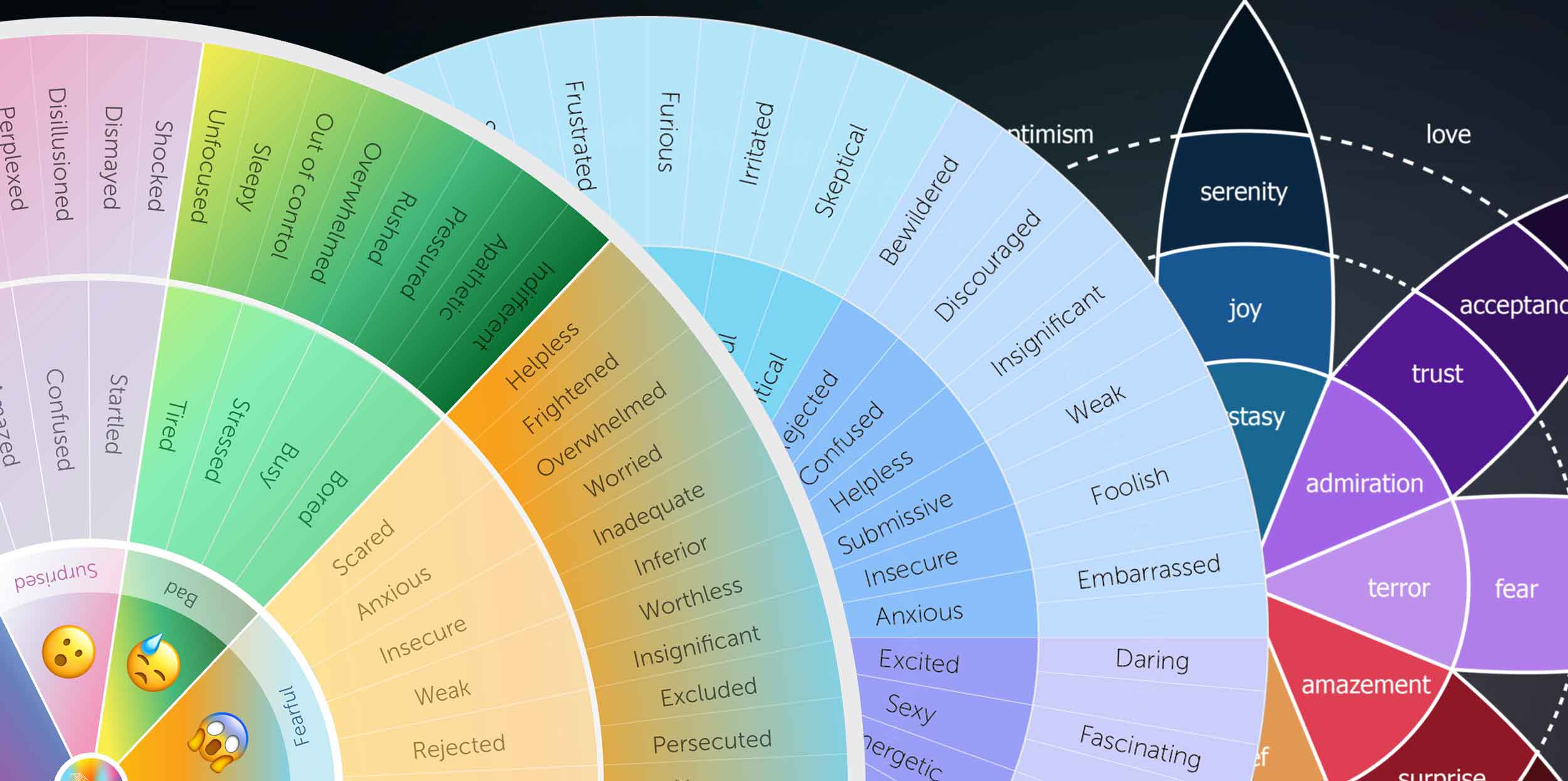
Research Statement
We aim to build a series of mobile applications, optimized for the collection of self-reported data and analysis-driven schemas.
Intro
The development of self-reported methodologies, like somatosensory feedback by Nummenmaa et al. (2014), is essential to advance the research of emotions. Furthermore, these methodologies augment by having people capture these emotions in natural settings, as demonstrated by Trampe et al. (2015).
Our Goal
The combination of these insights is the focus of our work. We aim to build a series of mobile applications, which are inherently location-agnostic, optimized for the collection of self-reported data and analysis-driven database schemas.
Initial Approach
Our first application, the emotion wheel app, uses a derivative of Willcox (1982) "Feelings Wheel" to help users identify their emotions and spot long-term trends. Once we reach a statistically significant sample of daily active users (n = 100) that have opted-in for the research, we will proceed with the clusterization of their anonymized data via RNNs for hypothesis formulation. This milestone will formally define the commencement of our research.
References
Lauri Nummenmaa, Enrico Glerean, Riitta Hari, Jari K. Hietanen Bodily maps of emotions. Proceedings of the National Academy of Sciences Jan 2014, 111 (2) 646-651; DOI: 10.1073/pnas.1321664111
Trampe, D., Quoidbach, J., & Taquet, M. (2015). Emotions in Everyday Life PloS one, 10(12), e0145450. https://doi.org/10.1371/journal.pone.0145450
Gloria Willcox (1982) The Feeling Wheel, Transactional Analysis Journal, 12:4, 274-276, DOI: 10.1177/036215378201200411
